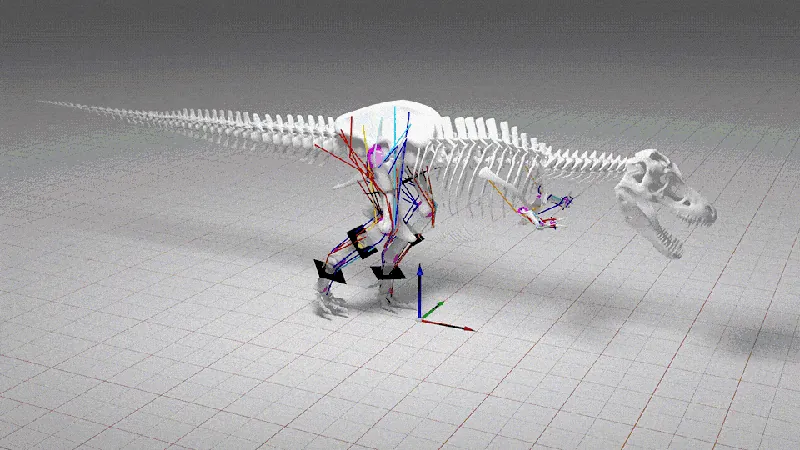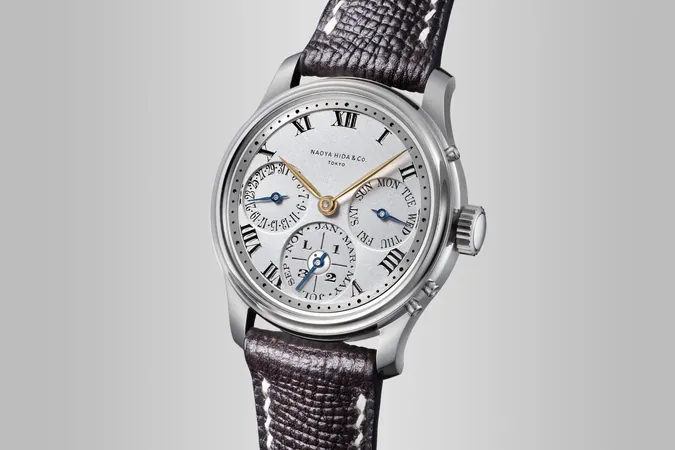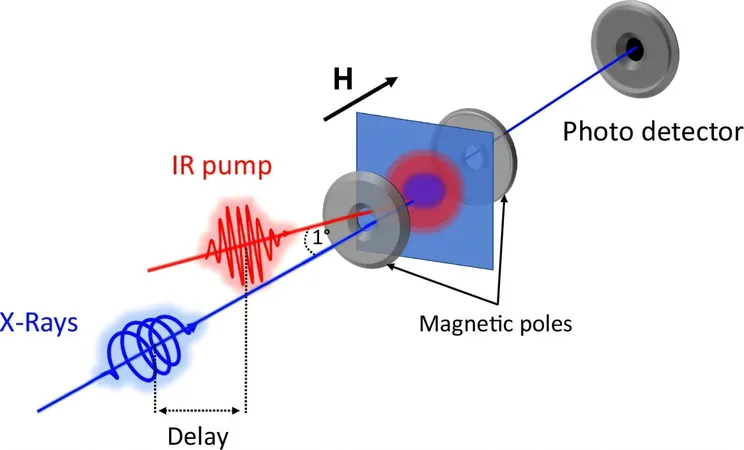
Unveiling the Speed Demon of the Dinosaur Era!
2025-04-28
Author: Arjun
The Game-changer Discovery of Deinonychus
Before the mid-1960s, dinosaurs were largely thought to be sluggish, cold-blooded beasts. That perception dramatically shifted in 1964 when paleontologist John Ostrom unearthed Deinonychus. This remarkable dinosaur boasted large, sickle-shaped claws, a slim build, and powerful legs, suggesting it was anything but slow.
The Dinosaur Renaissance Begins
This groundbreaking find sparked the "dinosaur renaissance," a period filled with revelations that redefined what we believed about these ancient creatures—many were faster and more active than previously imagined.
The Race for Speed: Meet Ornithomimosauria
So, which dinosaur holds the title for the fastest? According to Susannah Maidment, a paleontologist at London's Natural History Museum, it's likely an Ornithomimosauria. These elongated, bipedal dinosaurs of the Late Cretaceous, reminiscent of modern ostriches, were built for velocity. Maidment explains that their long, slender limbs allowed them to move swiftly, much like a pendulum.
The Science Behind the Speed
To determine the speediest dinosaur, biomechanics plays a crucial role. The field was pioneered in the 1970s by zoologist Robert McNeill Alexander, who discovered the correlation between leg length and stride distance. His research demonstrated that faster animals generally have longer strides, prompting a dive into the locomotion of dinosaurs during the renaissance.
The Challenges of Measuring Speed
Researching dinosaur footprints and stride lengths has helped in estimating their speeds, although this method is fraught with limitations. Paleontologist Eugenia Gold cautions that trackways often originate from unstable environments, making it hard to understand the true speed these dinosaurs could achieve.
Advanced Modeling Techniques
To overcome these challenges, William Sellers, a professor at the University of Manchester, turned to evolutionary robotics and biomechanical modeling. By simulating dinosaur movements using advanced computer models, he revealed how these creatures likely moved in three dimensions. Testing these models against modern animals like ostriches gave him confidence in their accuracy.
Meet the Fastest Dinosaur: Compsognathus
Out of the five dinosaurs Sellers modeled—Allosaurus, Compsognathus, Dilophosaurus, Tyrannosaurus rex, and Velociraptor—Compsognathus emerged as the fastest, reaching speeds of approximately 39.8 mph (64.1 km/h). Velociraptor wasn't too far behind at 24.1 mph (38.9 km/h). It's worth noting that all five are theropods—primarily carnivorous, two-legged dinosaurs.
Surprising Findings About T. rex
In a twist that may surprise many, the T. rex ranked as the slowest of the group, with an estimated speed of only 17.9 mph (28.8 km/h). Its massive size would have prevented it from sprinting efficiently, risking bone fractures. However, some studies suggest it could achieve speeds ranging from 10 to 25 mph (16 to 40 km/h).
The Ongoing Quest for Speed and Understanding
Gold and Sellers agree that the title of the fastest dinosaur likely belongs to some theropod, but pinpointing the top contender requires modeling a wider array of species—a time-consuming task. Meanwhile, let's not forget that today's birds are the living descendants of dinosaurs, providing a fascinating glimpse into their swift past!



 Brasil (PT)
Brasil (PT)
 Canada (EN)
Canada (EN)
 Chile (ES)
Chile (ES)
 Česko (CS)
Česko (CS)
 대한민국 (KO)
대한민국 (KO)
 España (ES)
España (ES)
 France (FR)
France (FR)
 Hong Kong (EN)
Hong Kong (EN)
 Italia (IT)
Italia (IT)
 日本 (JA)
日本 (JA)
 Magyarország (HU)
Magyarország (HU)
 Norge (NO)
Norge (NO)
 Polska (PL)
Polska (PL)
 Schweiz (DE)
Schweiz (DE)
 Singapore (EN)
Singapore (EN)
 Sverige (SV)
Sverige (SV)
 Suomi (FI)
Suomi (FI)
 Türkiye (TR)
Türkiye (TR)
 الإمارات العربية المتحدة (AR)
الإمارات العربية المتحدة (AR)